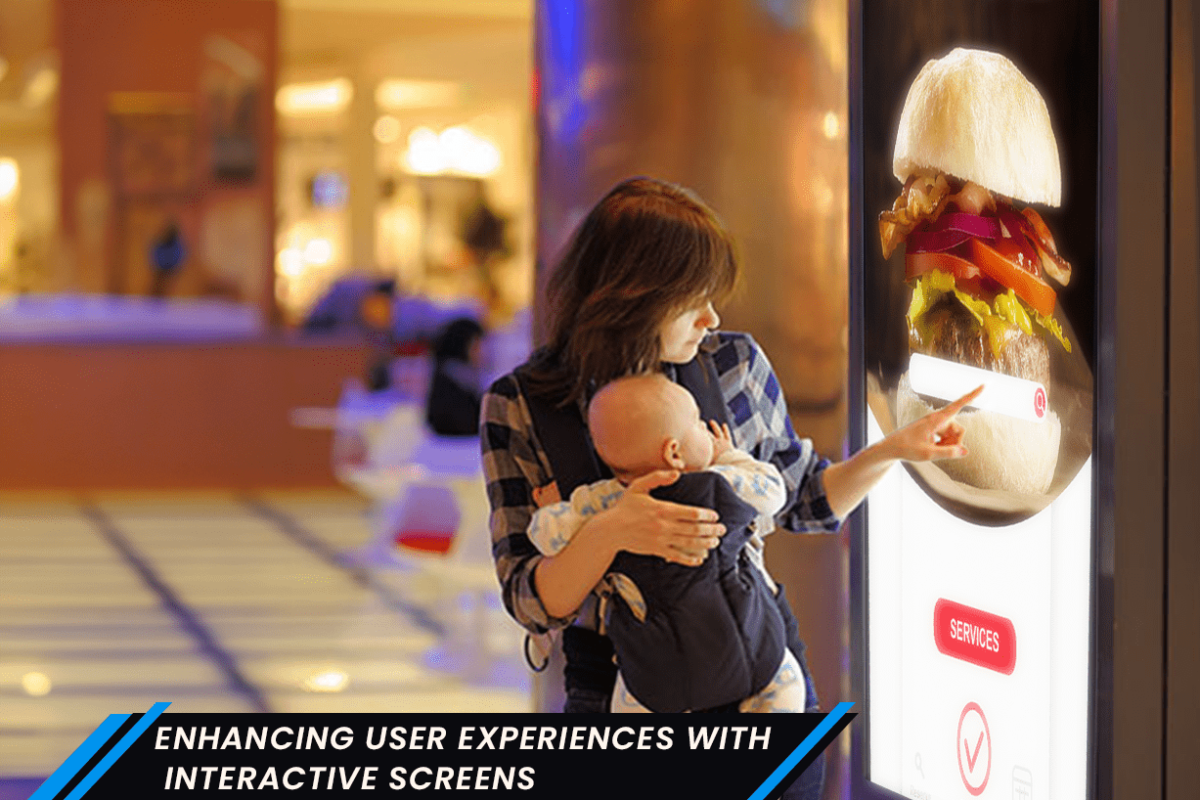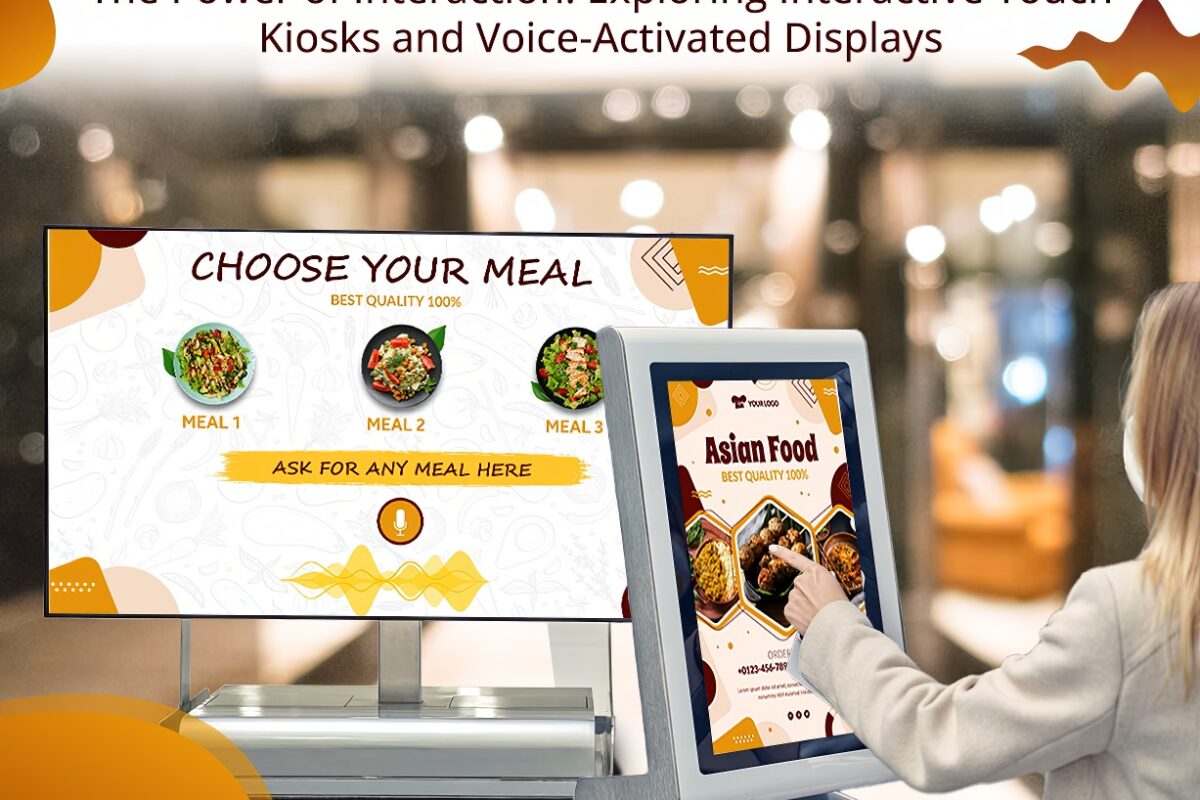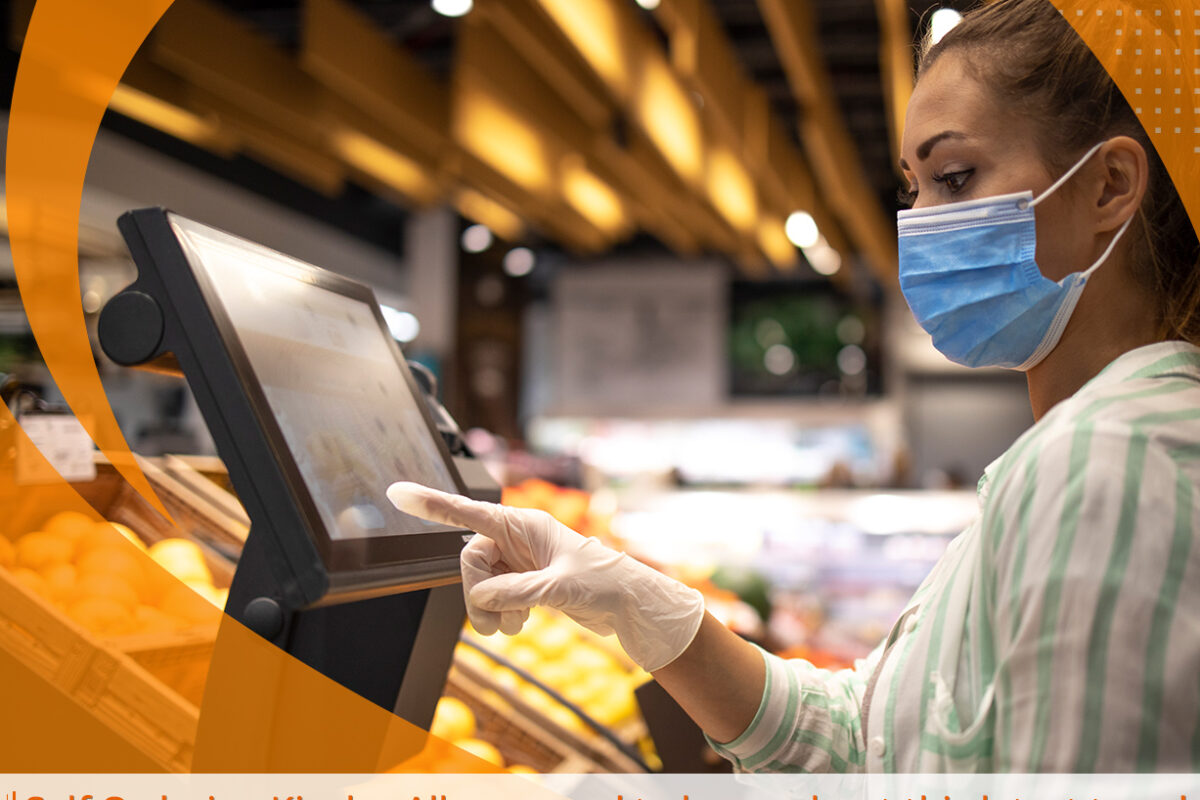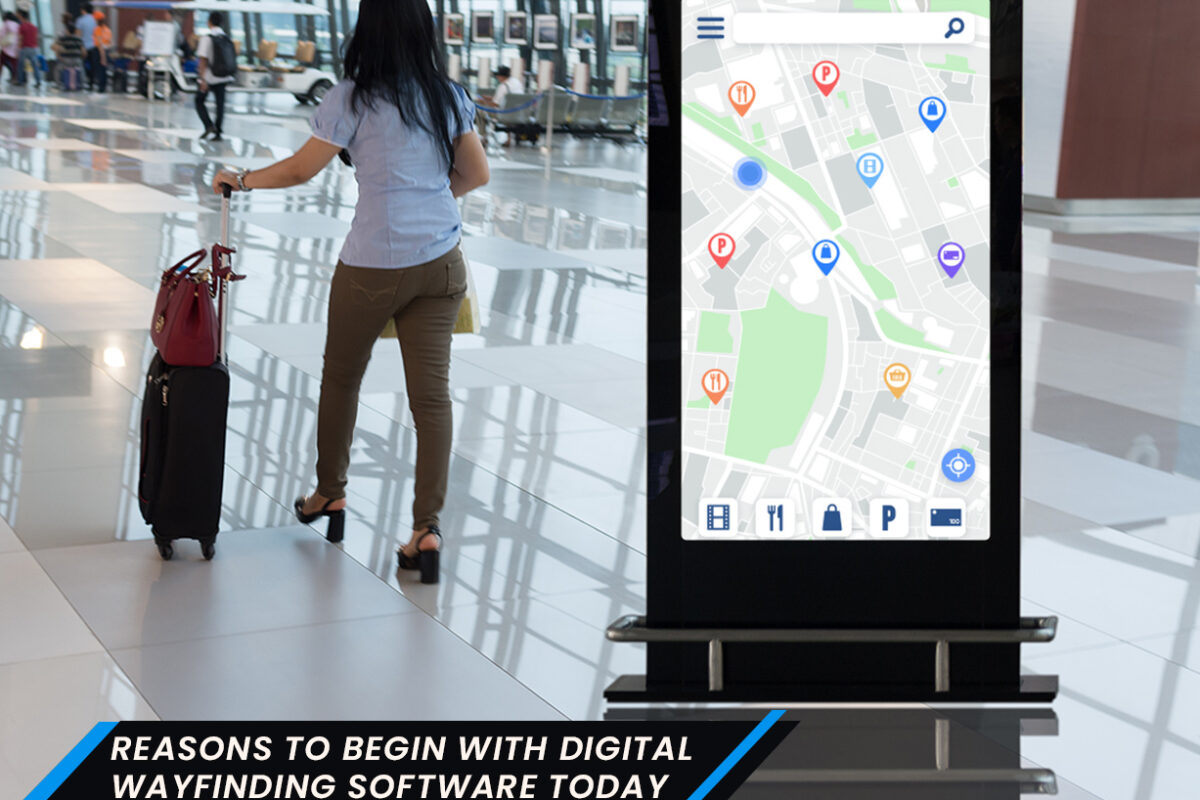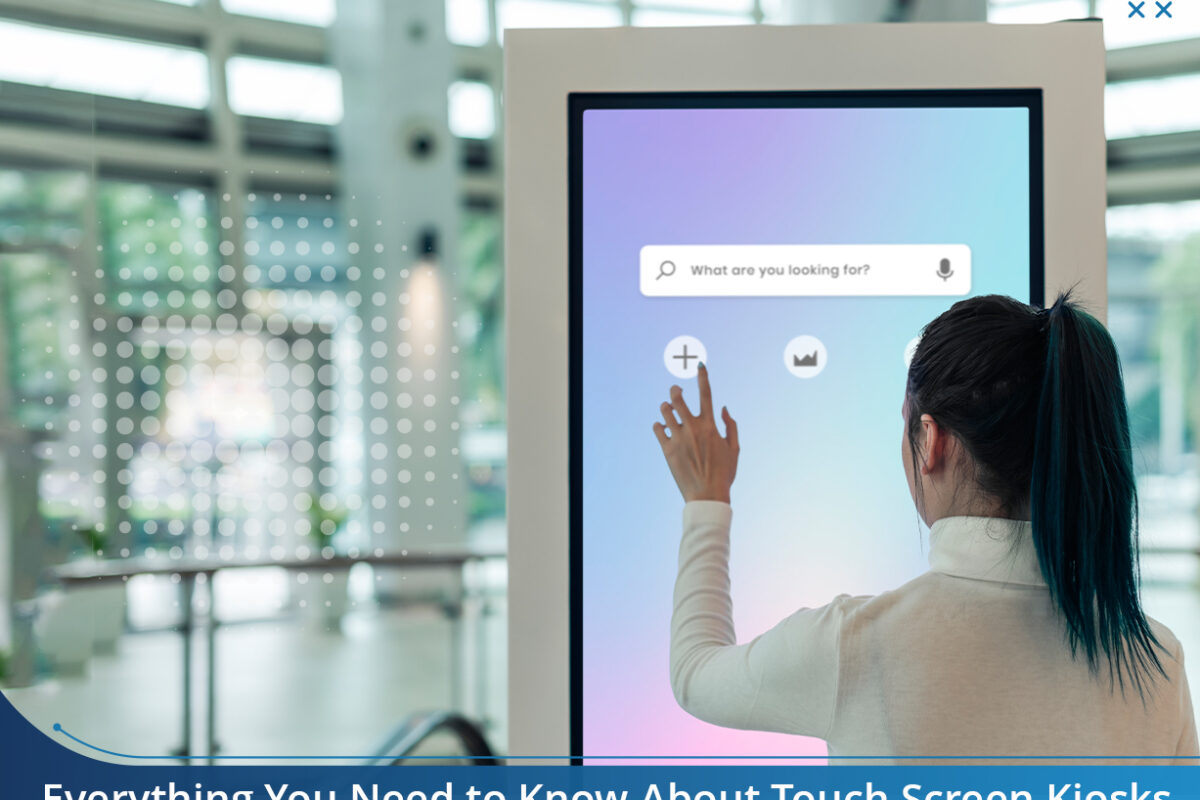In today’s fast-paced digital era, touch kiosks and interactive screens have become ubiquitous in various public spaces, ranging from shopping malls to museums and airports. These innovative devices have revolutionized the way users interact with information, products, and services. This blog post aims to delve into the world of touch kiosks and explore their functionalities, advantages, and impact on enhancing user experiences. Additionally, we will discuss the latest advancements in interactive screen touch kiosks and their role in shaping the future of interactive technology.
Understanding Touch Kiosks
Touch kiosks are self-contained, stand-alone devices equipped with a touch-sensitive display interface that allows users to interact with digital content using their fingers or a stylus. These kiosks are typically installed in public areas and provide a wide range of functionalities such as information dissemination, product browsing, ticket purchasing, and wayfinding.
1.1 Benefits of Touch Kiosks
- Accessibility and Convenience: Touch kiosks enable users to access information and services at their own pace, eliminating the need for human assistance.
- Time Efficiency: Users can quickly navigate through options, select preferences, and complete transactions, reducing waiting times.
- Multilingual Support: Touch kiosks can offer multiple language options, accommodating a diverse range of users.
- Cost-Effective: Deploying touch kiosks can minimize staffing costs while maximizing efficiency.
1.2 Use Cases of Touch Kiosks
- Retail: Touch kiosks in retail environments allow customers to explore products, access detailed information, and place orders without the need for assistance from sales personnel.
- Tourism and Hospitality: Touch kiosks can provide interactive maps, local attractions information, hotel booking facilities, and restaurant recommendations, enhancing the visitor experience.
- Healthcare: Touch kiosks facilitate patient check-ins, appointment scheduling, and health education, streamlining administrative processes in healthcare facilities.
Interactive Screen Touch Kiosks
Interactive screen touch kiosks take the concept of touch kiosks to the next level by incorporating advanced technologies, such as gesture recognition, multi-touch capabilities, and immersive visuals.
2.1 Gesture Recognition
Gesture recognition allows touch kiosks to interpret hand movements and gestures, enabling users to interact with content through intuitive actions. For instance, users can swipe, pinch, zoom, or rotate images, enhancing their engagement and overall user experience.
2.2 Multi-Touch Capabilities
Interactive screen touch kiosks support multi-touch gestures, enabling multiple users to interact simultaneously. This feature is particularly useful in collaborative environments, such as classrooms or brainstorming sessions, where participants can engage with the content together.
2.3 Immersive Visuals
High-resolution displays and vibrant graphics create visually captivating experiences. Interactive screen touch kiosks can showcase rich media content, including videos, images, and animations, making the user engagement more immersive and captivating.
Advancements and Future Trends
The field of touch kiosks and interactive screens continues to evolve rapidly, driven by technological advancements and user expectations. Here are some notable advancements and future trends to watch out for:
3.1 Artificial Intelligence (AI) Integration
AI technologies, such as natural language processing and computer vision, are being integrated into touch kiosks, allowing for more intelligent and personalized interactions. AI-powered touch kiosks can understand and respond to user queries, recommend relevant products or services, and adapt to user preferences over time.
3.2 Augmented Reality (AR) and Virtual Reality (VR)
AR and VR technologies hold immense potential for transforming the user experience with touch kiosks. These technologies can provide immersive virtual tours, interactive 3D product visualizations, and gamified experiences, taking user engagement to new heights.
3.3 Internet of Things (IoT) Connectivity
Touch kiosks can leverage IoT connectivity to gather real-time data, enabling personalized experiences and dynamic content updates. For example, a touch kiosk in a retail store can recommend products based on a customer’s purchase history and preferences gathered from their loyalty card.
Conclusion
Touch kiosks and interactive screen touch kiosks have revolutionized the way users interact with digital content and access information. Their accessibility, convenience, and immersive experiences have made them indispensable in various sectors, ranging from retail to healthcare. As technology continues to advance, touch kiosks are expected to become more intelligent, adaptive, and seamlessly integrated into our daily lives. From AI integration to AR/VR experiences, the future of touch kiosks holds immense potential to further enhance user experiences and reshape the way we interact with the digital world. With continued innovation, touch kiosks are set to play a significant role in bridging the gap between users and digital information, making interactions more intuitive, engaging, and seamless.
Wish to get started? Connect with our experts at Sparsa Digital today and begin your journey. Our team ensures to provide tailored solutions as per your requirements, without burning a hole in your pocket. Still thinking? Schedule an online consultation today.

